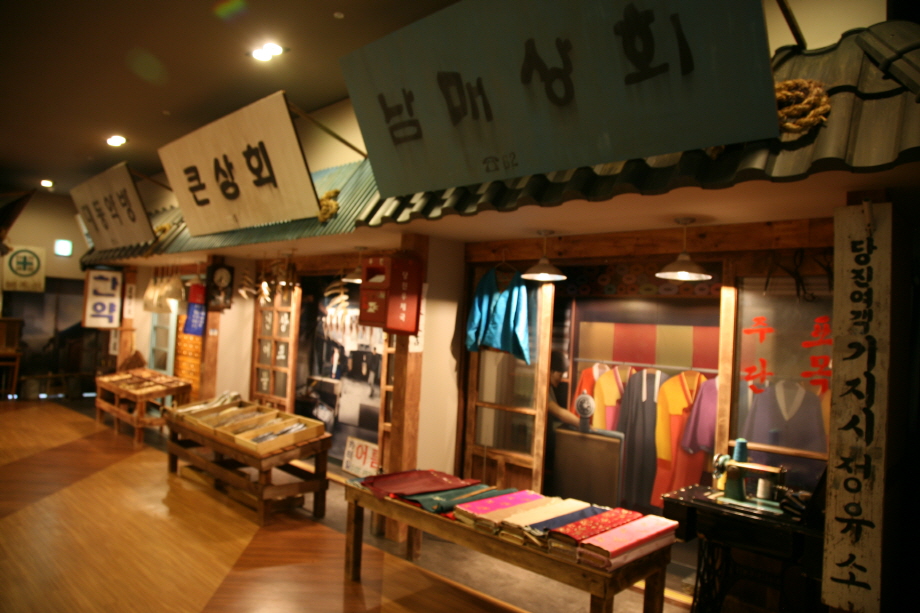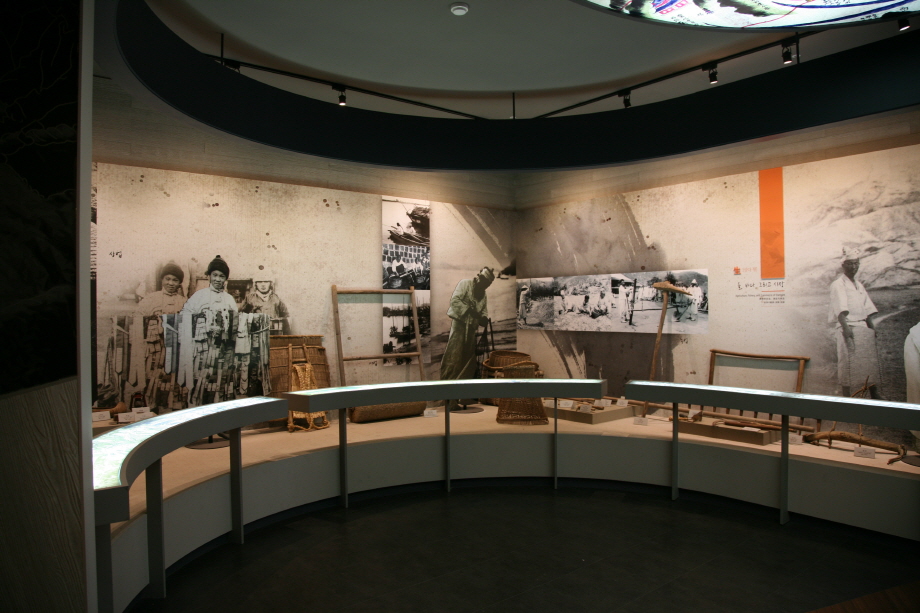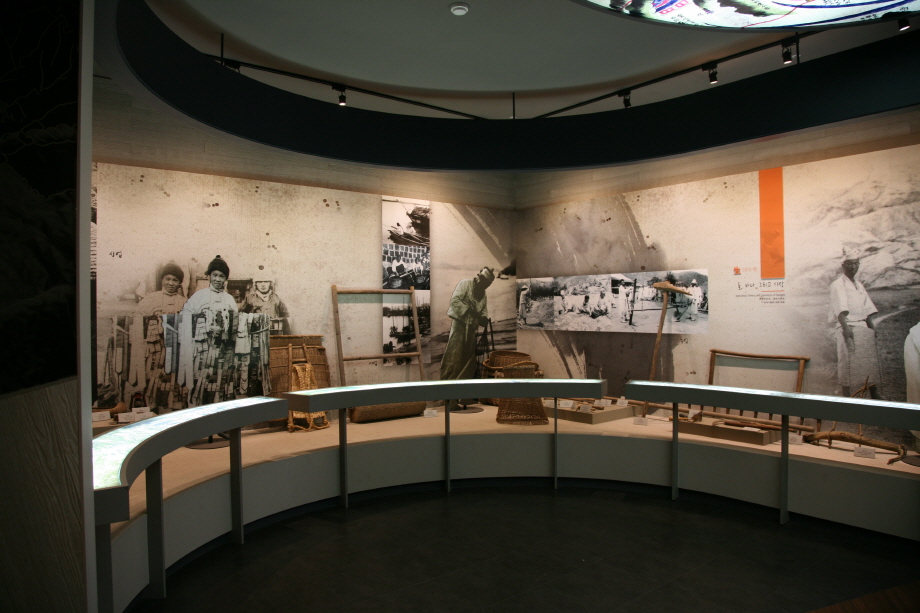본문 시작
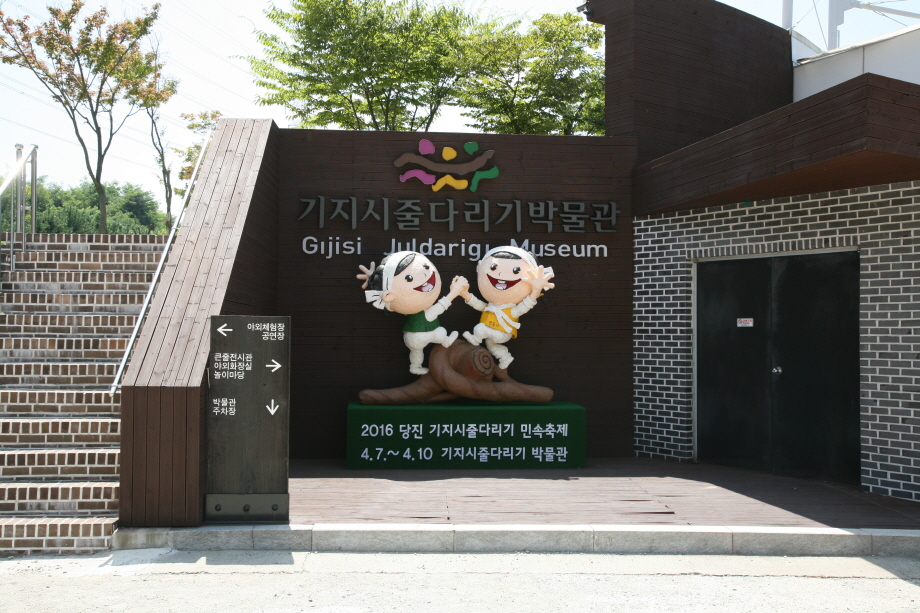
This is a museum with materials and experience facilities related to tug-of-war games played in Korea and around the world including Gijisi Juldarigi, with 500 years of tradition that has originated in Songak-eup, Dangjin and has been designated as Important Intangible Cultural Heritage No. 75.
About Gijisi Juldarigi Museum
Long ago, there were people who played tug-of-war as a way to drive away bad fortune from their village and pray for prosperity. Gijisi Juldarigi was a sacred ritual performed by villagers, who became united as one as they jointly twisted straws into a rope and transported rope for a game of tug-of-war, with these actions symbolizing the promotion of harmony and solidarity among the villagers to overcome any crises occurring in their village.
The Gijisi Juldarigi Museum, located in Gijisi-ri, Songak-eup, Dangjin, presents information and exhibits on the tug-of-war games played in Korea and around the world including Gijisi Juldarigi, which is considered a valuable cultural asset.
There are a wide range of exhibits on tug-of-war as well as experience facilities and a scale model showing how the streets of the village appeared back in the 1960s and 1970s, making this museum a perfect place for the entire family to learn about the history and culture of Dangjin.

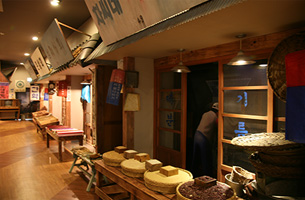
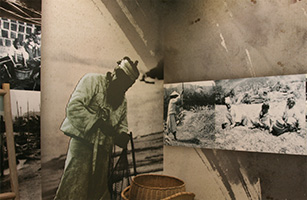
Gijisi Juldarigi with 500 years of tradition
Gijisi Juldarigi, designated as Important Intangible Cultural Heritage No. 75, boasts long history and traditions spanning across 500 years. The rope used in Gijisi Juldarigi is massive, being around 200m long and 1m in diameter (1.8m at the heads), and weighing around 40 tons.
It’s so big and heavy that dozens of smaller ropes are attached to the sides of main rope to carry it, and this is why its appearance is reminiscent of a centipede. The villagers divided themselves into two teams called Susang and Suha to play this game. It was believed that if Susang won, the entire village could avoid a bad fortune, and if Suha won, they anticipated an abundant harvest.
Legends associated with Gijisi Juldarigi
There are two legendary tales associated with Gijisi Juldarigi: Ongnyeojikgeumhyeongseol and Jinehyeonggukseol. First, let’s turn our attention to Ongnyeojikgeumhyeongseol.
During the early years of King Seonjo’s reign over Joseon, five out of the seventeen myeons of Hannaru, the present-day Dangjin, were flood by seawater overnight, and an epidemic swept over the remaining regions. A pungsujiri (geomancy) expert passing through the area explained that “because the topography of the region is reminiscent of an ongnyeo (a woman with a pure heart and body) using a loom, the residents of the region must earnestly tug on thread/rope every leap year to prevent disasters and ensure stability.”
That was when tug-of-war became to be played in this region. Weaving hemp cloth and dyeing the fabric is done by pulling on the weaved cloth from the opposite sides, and tugging on a rope is to embody this practice. Initially, the tugging of a rope was performed by women, but over time, it was practiced by men.
Playing tug-of-war in the leap year, which typically arrives every three years in the lunar calendar, symbolized the act of weaving hemp cloth and dyeing it in the year with an intercalary month.
The other legend called the Jinehyeonggukseol is as follows:
Long ago, in the present-day Gijisi-ri, Songak-eup, Dangjin, a seonbi (classical scholar) dedicated himself to his studies, with great ambitions, but he constantly failed to pass the state examinations for government positions no matter how hard he studied. The exams either didn’t have any questions on the topics that the seonbi had studied, or his mind became completely blank when he entered the examination site. After failing to pass the exam multiple times, he was on the verge of giving up.
On his way back home after failing the state exam yet again, he climbed Guksubong Peak (Guksabong Peak) and lamented on his wretched circumstances before falling asleep and dreaming of a cloud transforming into a dragon. Startled and terrified, he cowered. But the dragon moved in a way as if to calm the seonbi before transforming into an old man.
The old man then said to the seonbi, “There’s no need to be surprised. Just listen. You have failed the state examination repeatedly, and a disaster has swept this region every leap year, due to an old, ill-tempered centipede.”
When the seonbi asked what could be done about it, the old man told him to do what he tells him in order to stop the centipede from committing such spiteful acts and stated, “On the day of the first full moon [of the lunar new year], return to this place and you will see a blossom on a dead tree without any branches. Past midnight, a beautiful maiden will arise from the blossom, and she will ask you to come home with her. Upon hearing this, ignite the blossom as quickly as possible, and put it inside the maiden’s mouth. Then, flee from the place without looking back.”
The seonbi woke up, only to find that it was all a dream. But what he experienced was very vivid.
He became determined to do as the old man told him to do, and waited for the day of the first full moon of the lunar new year. Then, the day finally arrived. The seonbi climbed up to Guksubong Peak, where he indeed found a blossom on a dead, branchless tree. He did what the old man told him to do and fled from the site.
A short while later, he returned to the site, where he discovered that the beautiful maiden was nowhere in sight. Instead, he saw a large serpent and a centipede battling each other until the centipede was finally killed. Dazed and confused, the seonbi didn’t understand what was going on, until the old man appeared before him to say, “The ill-tempered centipede is now dead, but this region is in the same of a centipede, and thus in order to prevent unexpected calamities and bad luck, a rope in the shape of a centipede should be made every leap year for a tug-of-war. This is to stretch out the back of the centipede and to stomp on its blood so that it has no energy to express its ill temper and cause disasters.”
The old man then disappeared.
The seonbi called forth the villagers to pass on what the old man had said. The villagers became united in their efforts, playing a tug-of-war every leap year, and the village became free of disasters ever since.
To explain the origin of the name of the village, Gijisi, in the past, the area was called Teulmot by combining the words, “teul,” meaning a loom, and “mot,” meaning a pond that provides water for weaving. There were jeojeori, or marketplace streets in the area, so together, the area was called Teulmossi, Teulmosi or Teulmusi. While the name was pronounced as Teulmosi and Teulmusi in speech, the Chinese characters of this name were pronounced as Gijisi.
Gijisi Juldarigi Festival is held every April in Dangjin, as a way to pray for the peace and prosperity of Korea and to bring people together through festive events.

Directions(From the Starting Point of the Embankment Road)
Name to be entered into the GPS system: Gijisi Juldarigi Museum
Address to be entered into the GPS system: 11 Anteulmosi-gil, Songak-eup, Dangjin-si
By Car
Seoul (Incheon)
Seoul (Incheon) → Seohaean Expressway → Dangjin IC → Gijisi Juldarigi Museum
Daejeon
Daejeon → Dangjin-Daejeon Expressway
Seohaean Expressway
Seohaean Expressway → Dangjin IC → Gijisi Juldarigi Museum
Cheonan
Cheonan → Sapgyocheon Embankment → National Road No. 32 → Gijisi Juldarigi Museum
Seosan
Seosan → National Road No. 32 → Gijisi Juldarigi Museum
Public Transportation
Seoul
Seoul Express Bus Terminal (Gangnam Central City) → Dangjin
Nambu Terminal → Dangjin (Gijisi-ri)/Direct bus (1-hr ride)
Incheon
Bus Terminal → Dangjin (Gijisi-ri)/Direct bus (1-hr ride)
Daejeon
Dongbu (Seobu) Bus Terminal → Dangjin (Gijisi-ri)/Direct bus (1-hr ride)
Cheonan
Bus Terminal → Dangjin (Gijisi-ri)/Direct bus (1-hr ride)
Dangjin
Bus Terminal → Gijisi-ri/10-min bus ride




